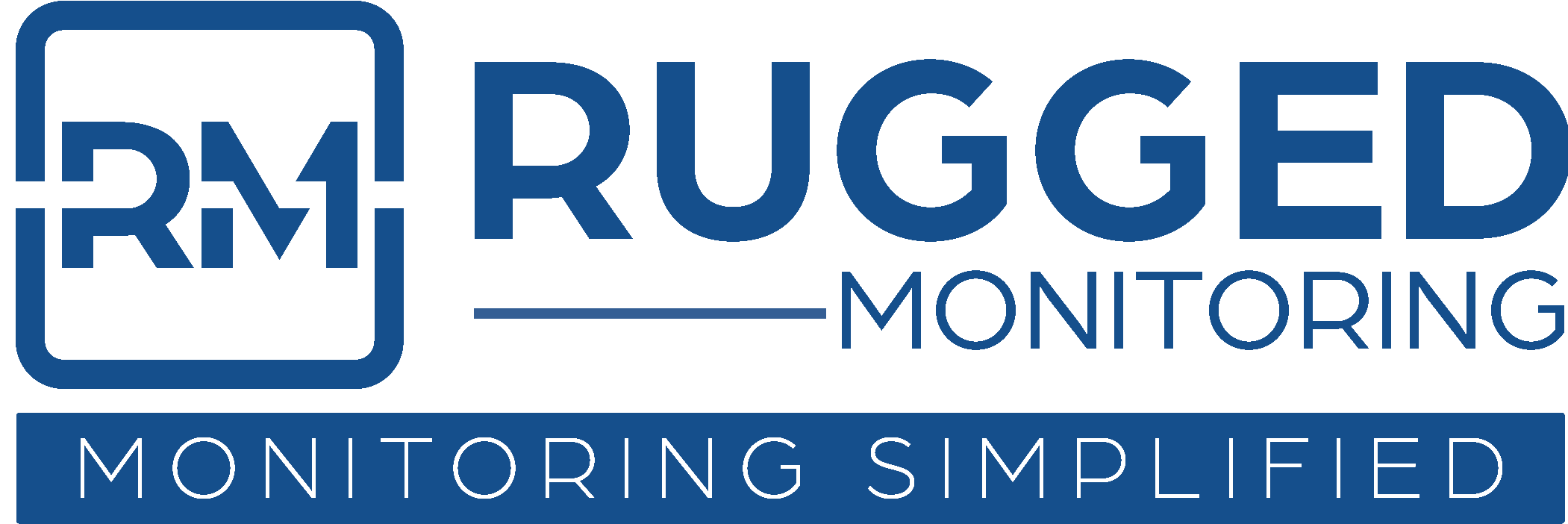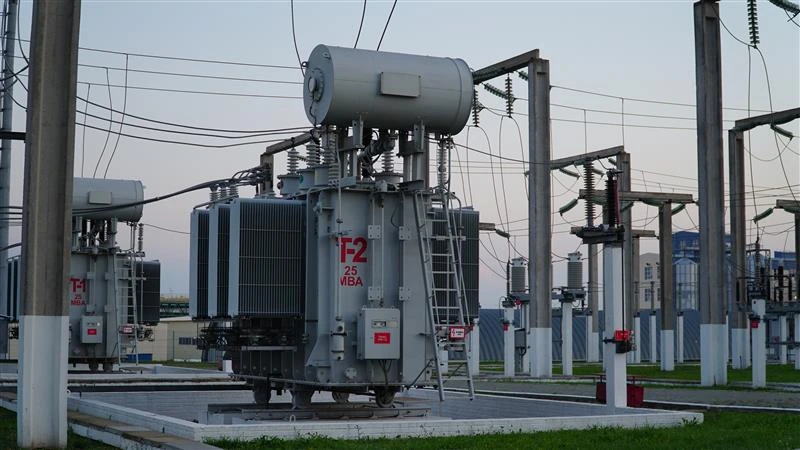Transformers are indispensable components in electrical systems that facilitate the efficient transmission and distribution of electricity. Their primary function is to alter the voltage levels of electrical currents, allowing for the efficient transfer of power across various points in the grid. They consist of two coils of wire, known as the primary and secondary windings, wrapped around a core typically made of laminated steel.
Transformers play a vital role in electrical systems, facilitating the efficient transmission and distribution of electricity. Ensuring the optimal performance and longevity of transformers is essential for reliable power supply.
The Importance of Insulating Oil
The insulating oil within a transformer serves a dual purpose. Not only does it dissipate heat generated during operation, but it also acts as an electrical insulator. Over time, this oil can degrade due to various factors, including temperature fluctuations, moisture ingress, and the accumulation of contaminants. Neglecting to monitor its condition can have serious repercussions.
The oil in a transformer serves as more than just a medium for heat dissipation; it also acts as an insulator. Over time, however, this oil can deteriorate due to factors such as thermal stress, moisture, and the presence of contaminants. This deterioration can compromise the transformer’s performance and, if left unchecked, may lead to costly repairs or replacements.
One of the key tools in achieving this is Transformer Oil Analysis—a sophisticated technique that offers valuable insights into the health of transformers.
Understanding Transformer Oil Analysis
Transformer Oil Analysis is a thorough examination and assessment of the insulating oil employed within transformers. This highly specialized process yields invaluable insights into the state of both the oil and the transformer unit as a whole. It encompasses a series of meticulous tests meticulously crafted to scrutinize a variety of critical factors. These include an in-depth analysis of the chemical composition, meticulous measurement of contamination levels, and the meticulous identification of any potential irregularities or anomalies.
Key Benefits of Transformer Oil Analysis
Early Detection of Abnormalities:
Transformer Oil Analysis scrutinizes the chemical composition and properties of the oil, enabling the timely identification of potential issues or irregularities within the transformer. This proactive approach ensures prompt intervention and prevention of further deterioration.
Assessment of Contamination Levels:
Through a meticulous evaluation, Transformer Oil Analysis determines the extent of contaminants present in the oil. This assessment is critical, as it directly impacts both the insulating capabilities of the oil and the overall performance of the transformer.
Identification of Fault Types:
Transformer Oil Analysis is adept at precisely identifying the specific type of fault occurring in the transformer. Whether it be a thermal, electrical, or mechanical fault, this diagnostic tool offers clarity on the nature of the issue, facilitating targeted and effective intervention.
Guided Maintenance and Repairs:
The insights derived from oil analysis serve as a compass for maintenance efforts. This guidance ensures that interventions are tailored to address identified issues, preventing further degradation and optimizing the transformer’s performance and longevity.
Extended Transformer Lifespan:
Regular application of oil analysis contributes significantly to prolonging the operational life of transformers. By identifying and mitigating potential problems early on, the analysis mitigates the risk of escalation, ultimately preserving the transformer’s lifespan.
Reduced Downtime and Costs:
Proactive maintenance strategies, informed by transformer oil analysis results, yield substantial benefits. By anticipating and addressing issues before they lead to failures, organizations can drastically reduce unplanned downtime and the associated expenses of emergency repairs. This translates to enhanced operational efficiency and cost-effectiveness.
The Importance of Regular Oil Analysis
Regular Transformer Oil Analysis is a proactive approach to transformer maintenance. It involves a series of tests to assess the oil’s condition, identifying any potential issues or abnormalities. This allows for timely interventions and targeted maintenance efforts to ensure optimal transformer performance.
Implementing a Proactive Maintenance Strategy
Establish a Routine: Schedule regular oil analysis tests in line with manufacturer recommendations and industry best practices.
Utilize Advanced Monitoring Systems: Leverage modern technology and monitoring systems to automate data collection and analysis, providing real-time insights into transformer health.
Integrate Transformer Oil Analysis with Overall Asset Management: Incorporate oil analysis results into broader asset management strategies to ensure a holistic approach to transformer maintenance.
Act on Recommendations: Take prompt action based on the insights gained from transformer oil analysis. Address identified issues and implement recommended maintenance or corrective measures.
The shift from regular oil analysis to Electrical Asset Condition Monitoring was primarily driven by the need for a more comprehensive and proactive approach to maintaining critical electrical components, particularly transformers.
The Significance of Electrical Asset Condition Monitoring
Electrical asset condition monitoring involves the systematic assessment of the health and performance of critical components within an electrical system. This process relies on various diagnostic techniques and technologies to detect early signs of degradation or abnormalities. By continuously monitoring parameters such as temperature, vibration, and electrical characteristics, potential issues can be identified before they escalate into costly failures.
Integrating Transformer Oil Analysis into Asset Management
In the realm of electrical asset management, staying ahead of potential issues is crucial. This proactive approach not only ensures uninterrupted operations but also extends the lifespan of critical components like transformers. One powerful tool in achieving this is Transformer Oil Analysis.
Incorporating Transformer Oil Analysis into electrical asset condition monitoring enhances the effectiveness of maintenance strategies and brings about a host of benefits:
- Early Fault Detection
Transformer Oil Analysis can identify potential issues within the transformer before they manifest as visible or operational abnormalities. This early warning system allows for timely intervention, preventing costly breakdowns and disruptions.
- Comprehensive Assessment
By combining Transformer Oil Analysis with other monitoring techniques, a more complete and detailed assessment of the transformer’s condition can be obtained. This synergistic approach provides a holistic view of the asset’s health.
- Data-Driven Decision Making
The data obtained from Transformer Oil Analysis, when integrated into a broader electrical asset condition monitoring system, empowers operators and maintenance teams to make informed decisions. This data-driven approach ensures that resources are directed where they are needed most.
- Predictive Maintenance Strategies
With continuous monitoring and analysis of the transformer’s oil, trends and patterns can be identified. This enables the implementation of predictive maintenance strategies, optimizing maintenance schedules and reducing downtime.
- Improved Regulatory Compliance
Maintaining transformers in optimal condition is essential for regulatory compliance. By integrating Transformer Oil Analysis, organizations can ensure that their assets meet industry-specific standards and guidelines.
- Enhanced Safety:
Monitoring both electrical parameters and transformer oil quality minimizes the risk of electrical faults and failures. This, in turn, enhances safety for personnel and the surrounding environment.
- Longer Asset Lifespan:
Regular monitoring and timely interventions based on integrated analysis results extend the operational life of transformers. This leads to a longer lifespan for critical assets, ultimately providing a better return on investment.
- Customized Maintenance Plans:
The integrated approach allows for the development of customized maintenance plans based on the specific needs and conditions of each transformer. This ensures that resources are directed where they are most needed.
- Real-time Monitoring and Alerts:
Advanced monitoring systems provide real-time data, allowing for immediate response to any anomalies or abnormalities. This ensures that corrective actions can be taken promptly.
Incorporating both Electrical Asset Condition Monitoring and Transformer Oil Analysis into an integrated approach provides a powerful toolset for optimizing the performance and reliability of transformers. By leveraging the strengths of both techniques, organizations can achieve a higher level of operational efficiency, reduce risks, and ultimately enhance the overall reliability of their electrical systems.
Implementing Electrical Asset Condition Monitoring in Transformer Oil Analysis
The process of integrating Transformer Oil Analysis into electrical asset condition monitoring involves several key steps:
Sensor Installation: Deploying sensors to capture crucial performance data from the transformer’s oil.
Data Collection and Analysis: Utilizing monitoring systems to collect and analyze the data, generating actionable insights.
Integration with Maintenance Strategies: Incorporating the monitoring results into maintenance schedules and strategies for the transformer.
Continuous Monitoring and Evaluation: Establishing a routine for ongoing monitoring, with periodic evaluations to ensure optimal performance.
Integrating Transformer Oil Analysis into electrical asset condition monitoring is a strategic move towards enhancing the reliability and efficiency of electrical systems. By leveraging real-time data and predictive analytics, industries can unlock newfound levels of efficiency and reliability. This synergy not only reduces operational costs but also positions organizations at the forefront of sustainable and forward-thinking industrial practices. Embracing this integration is a testament to the potential of innovation in enhancing industrial operations.
Advancing Research and Development
The utilization of transformer oil analysis is not just confined to immediate operational benefits; it also serves as a powerful tool in advancing research and development in the sector. Academic institutions and research bodies can leverage the insights derived from this analysis to foster innovation, develop new solutions, and contribute to the progressive trajectory of the industry.
In an era where technological advancements are rapidly reshaping industries, the realm of electrical asset management is no exception. The integration of transformer oil analysis into the monitoring software stands as a testament to the relentless pursuit of innovation and development in the sector. This approach not only serves to optimize transformer performance but acts as a catalyst, spearheading research and development initiatives that are poised to redefine the benchmarks of industry standards.
Utilizing these analytical tools, professionals, including electrical engineers, facility managers, and maintenance managers, are endowed with a robust framework that fosters an environment ripe for innovation. Through the meticulous analysis of transformer oil parameters, these stakeholders can derive insights that transcend conventional knowledge, paving the way for groundbreaking research and development endeavors.
Furthermore, these sophisticated platforms have revolutionized the way safety inspectors and government agencies approach regulatory compliance and safety standards. By leveraging the depth of insights garnered through transformer oil analysis, these entities can craft policies and guidelines that are not only reflective of the current industry landscape but are also forward-thinking, encapsulating the potential developments and advancements on the horizon.
Moreover, this analytical approach is profoundly impacting educational institutions, nurturing a breed of professionals adept at leveraging the nuances of modern technology to foster innovation and development. Through the integration of practical case studies and research initiatives centered around transformer oil analysis within their curriculums, these institutions are facilitating a rich learning environment where theory meets practice.
Furthermore, software developers find themselves at the heart of this transformative wave, crafting solutions that are finely tuned to meet the dynamic needs of the industry. Through collaboration with utility companies and industrial plant managers, these developers are shaping software solutions that not only streamline the analytical process but elevate it, fostering a platform where data-driven insights become the cornerstone of research and development initiatives.
In addition, research institutions stand as beneficiaries of this innovative approach, utilizing the wealth of data to spearhead studies that are poised to redefine the paradigms of electrical asset management. Through collaboration with industry stakeholders, these institutions are fostering a culture of continuous improvement, where the boundaries of knowledge are constantly being expanded, setting the stage for a future where innovation and development are not just concepts but tangible realities.
In essence, the integration of transformer oil analysis within the electrical asset monitoring software serves as a beacon of innovation, catalyzing research and development initiatives that hold the potential to reshape the industry landscape, fostering a future where efficiency, reliability, and excellence are not just goals but a standard practice.
Conclusion
As we navigate through a period where efficiency and sustainability are at the forefront, optimizing transformer performance through oil analysis emerges as a potent strategy. By integrating this analysis into electrical asset monitoring software, companies stand to gain a substantial edge, facilitating enhanced asset longevity, safety, and operational excellence. It beckons a future where predictive insights and data-driven strategies become the mainstay, steering the industry towards unprecedented heights of innovation and efficiency.
In essence, transformer oil analysis stands as a beacon of innovation, guiding professionals in electrical asset management towards a future characterized by safety, efficiency, and groundbreaking developments. It is an investment in the future, promising a trajectory of growth and advancements that reshape the contours of electrical asset management.
For electrical engineers, facility managers, utility companies, and various other stakeholders in the industry, this integration marks a significant step forward, heralding a new era of enhanced asset performance management, fortified by the insights and capabilities offered by transformer oil analysis.




